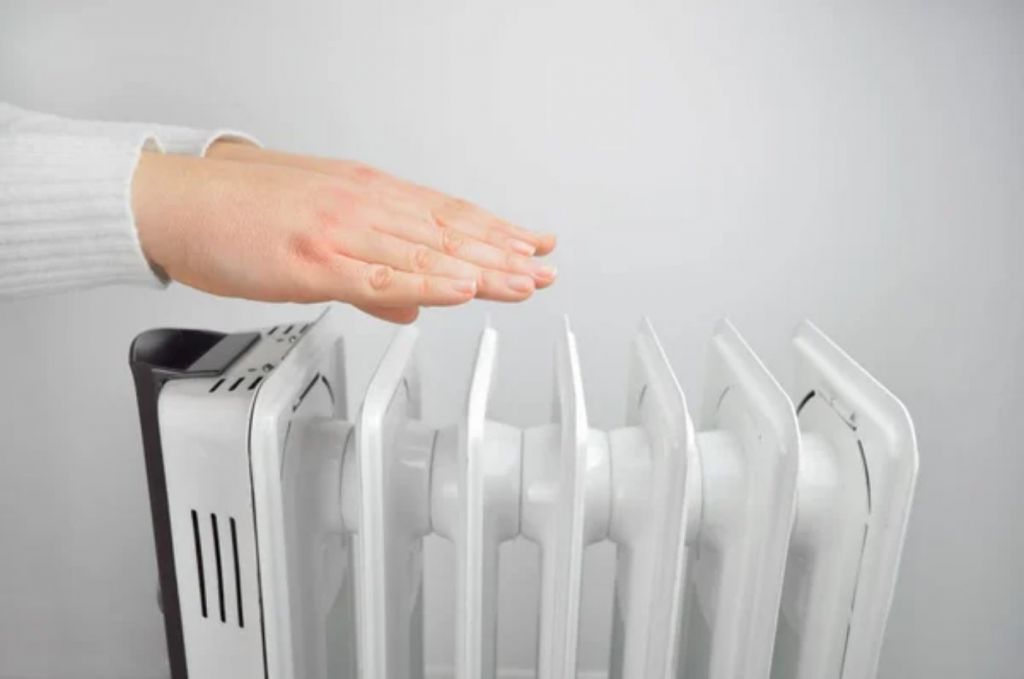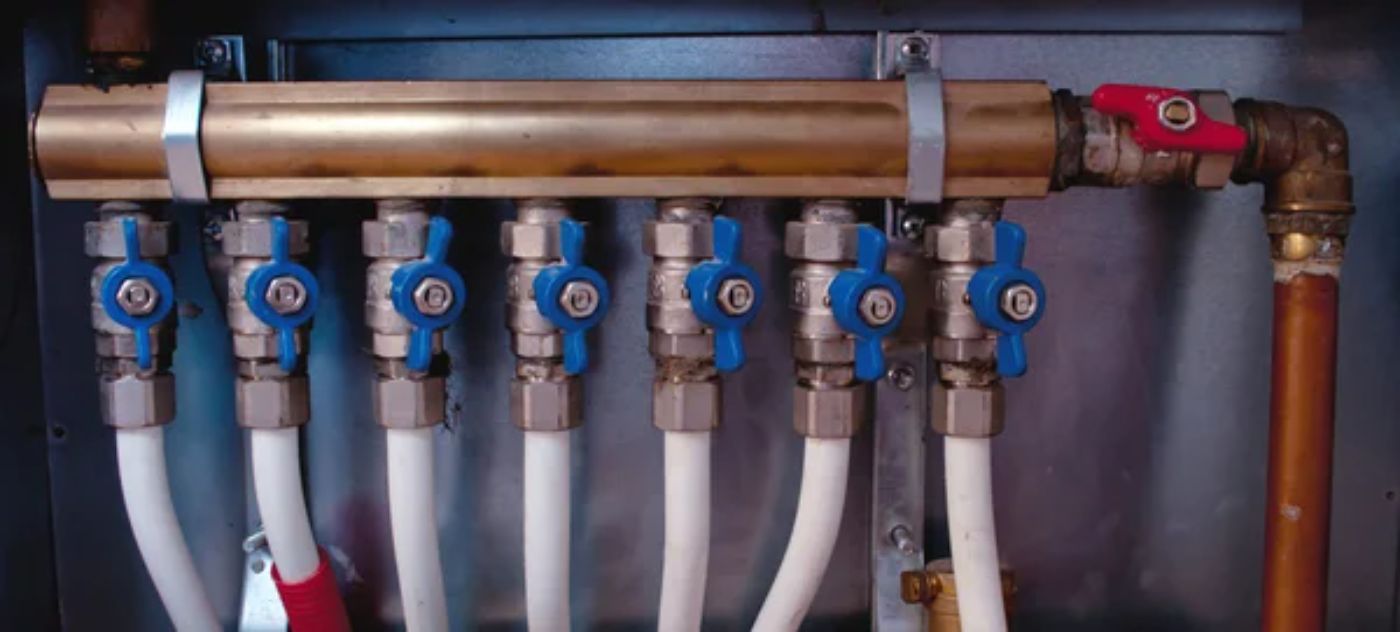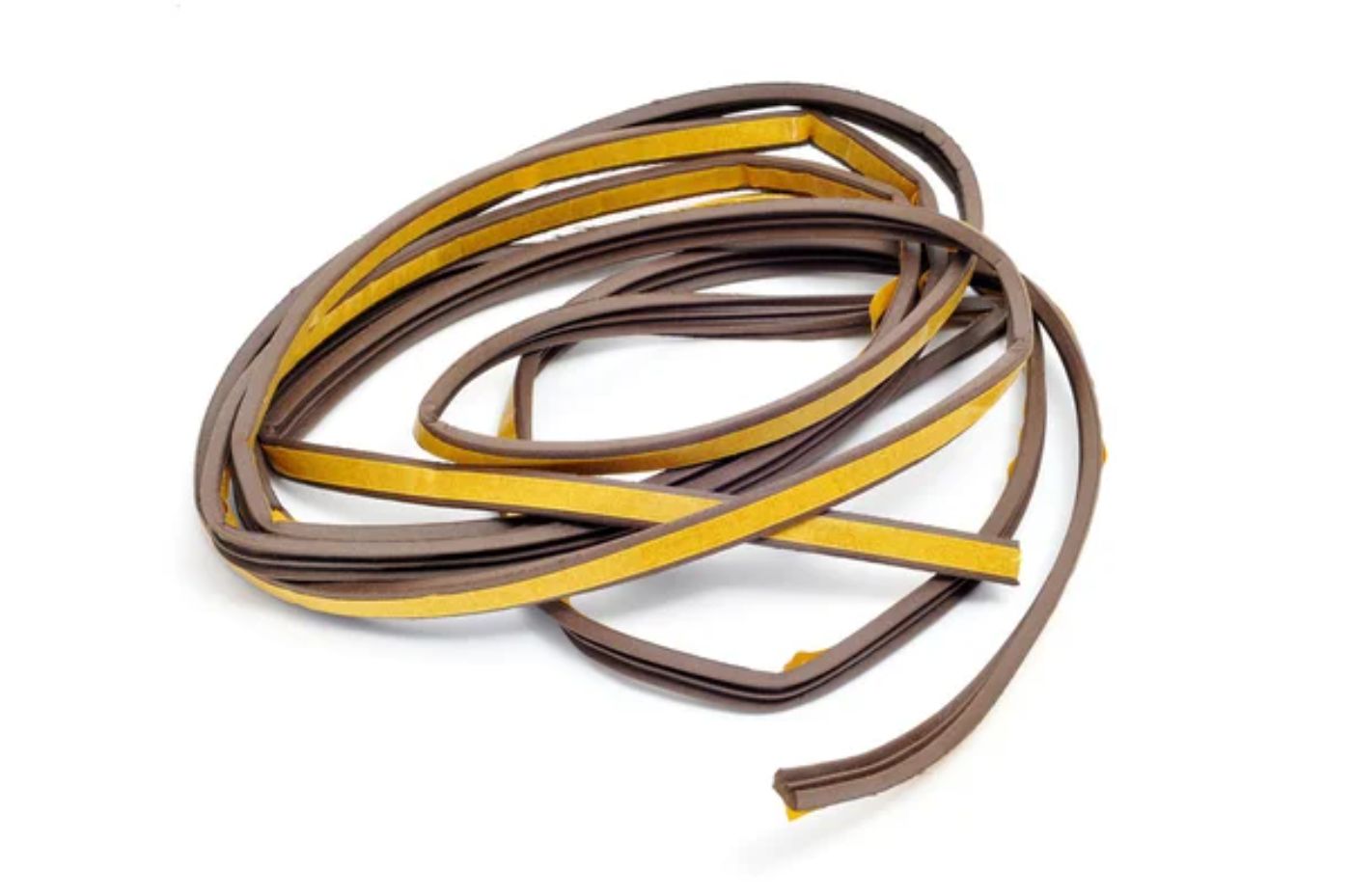3 Affordable Ways to Heat a Boat in Winter
When winter comes, it can be challenging to keep your boat warm and cozy. While there are plenty of costly heating options out there, there are also ways to heat your boat that won't break the bank. In this article, we'll give you three affordable ways to keep yourself and your passengers comfortable while on board a boat during the winter.
One affordable way to heat your boat during the winter is by using an electric heater. Another cheaper way is to use propane heaters, which produce more units of energy than the other fuel sources available. Lastly, you can also consider diesel heaters to provide heat for extended periods of time.
Another way is by adding extra layers of insulation to keep your cabin warmer and more comfortable. You can also seal the windows and vents using weatherstrip or plastic film to reduce heat loss. Let's look at other cost-effective solutions and how you can keep your boat warm during the cold season.
Summary
- Portable electric heaters are a convenient option for boat owners, as they are easy to use and install and only cost around $20–$100.
- Propane heaters are also cost-effective ($100–$500), but they can be dangerous if not used properly.
- Diesel heaters are efficient and can provide heat for extended periods of time, but they require installation and a source of diesel fuel.
- Weatherstrips, plastic film, curtains or blinds, and vent covers are some of the effective methods to seal gaps and block drafts in your boat, which reduces heat loss.

On this page:
Three Affordable Ways To Heat A Boat
When the temperatures drop and the winter chill sets in, heating your boat becomes a top priority. Here are three affordable ways to heat your boat in winter, their pros and cons, and how much you can expect to pay for each:
| Heating Method | Pros | Cons | Estimated Cost |
|---|---|---|---|
| Portable electric heater | - Affordable upfront cost - Easy to use and install - No emissions or fumes - Suitable for enclosed spaces |
- Requires a power source - Limited heating capacity - Battery draining - Not for long-term use |
$20-$100 |
| Propane heater | - Affordable fuel source - Consistent heat output - Easy to use and install - Suitable for enclosed spaces |
- Requires a tank and regulator - Emits fumes - Requires ventilation - Possible fire hazard |
$100-$500 |
| Diesel heater | - Efficient fuel source - Consistent heat output - Suited for long-term heating - Can be used for hot water and cooking - Easy to use and install |
- Expensive upfront cost - Requires a tank and fuel line - Emits fumes - Requires ventilation - Can be a fire hazard |
$500-$2,000 |
Electric heaters are easy to use and require no installation. You can simply plug them into an outlet and turn them on. They are also relatively inexpensive compared to other heating options.
Meanwhile, the use of propane heaters is another cost-effective solution that produces many more units of energy than the other fuel sources available.
Diesel heaters, on the other hand, are efficient and can provide heat for extended periods of time, but they can be the most expensive of the three.
Using Portable Electric Heaters

Pros and cons of using portable electric heaters
Here are some pros and cons of using a portable electric heater:
Pros of a portable electric heater
- Portable electric heaters are easy to use and require no installation, making them a convenient option for boat owners.
- They are also relatively inexpensive compared to other heating options, such as diesel or propane heaters.
- Portable electric heaters are available in a variety of sizes and styles, so you can choose one that fits your boat's needs.
Cons of a portable electric heater
- Portable electric heaters require a source of electricity, which can be a challenge on a boat. If you don't have access to shore power, you must rely on a generator or battery power.

How Do Yachts Get Electricity? (3 Surprising Ways)
- They also tend to be less powerful than other heating options, so they may not be suitable for larger boats or extremely cold temperatures.
How to choose the right type of portable electric heater
When choosing a portable electric heater for your boat, you might want to consider the following factors:
-
Size: Make sure the heater is the right size for your boat. A heater that is too small won't be effective, while a heater that is too large may be a safety hazard.
-
Power source: Consider how you will power the heater. If you have access to shore power, a standard electric heater will work. If not, look for a heater that runs on battery power or can be connected to a generator.
-
Safety features: Look for a heater with safety features such as automatic shut-off if the heater tips over or overheats.
Tips for using a portable electric heater safely on a boat
- Never leave the heater unattended.
- Keep the heater away from flammable materials such as curtains, bedding, or clothing.
- Make sure the heater is stable and won't tip over.
- Don't use extension cords with the heater, as they can overheat and start a fire.
- Keep the heater away from water and moisture.
Employing Propane Heaters
Propane is one of the more cost-effective solutions for heating your boat. They are also portable, making them a great choice for boats.
Pros and cons of using a propane heater
Pros of using a propane heater
- Propane heaters are generally more affordable than other types of boat heaters.
- They are easy to use and can quickly heat up a small area.
- Propane is readily available and can be easily refilled at most marinas.
- Propane heaters are portable and can be moved around the boat as needed.
Cons of using a propane heater
- Propane heaters can be dangerous if not used properly. Carbon monoxide poisoning is a risk if the heater is not properly vented.
- Propane heaters can be a fire hazard if not used properly. You need to follow all safety instructions and keep flammable materials away from the heater.
- Propane heaters require a propane tank, which takes up valuable storage space on a boat.
- Propane heaters can produce a lot of moisture, which can lead to mold and mildew growth.

Take these into account when choosing a suitable propane heater
-
Size: Choose a heater that is appropriate for the size of your boat. A heater that is too small will not effectively heat the space, while a heater that is too large can be dangerous and waste propane.
-
Type: There are two main types of propane heaters: vented and unvented. Vented heaters are safer because they release exhaust gases outside of the boat, while unvented heaters release exhaust gases inside the boat. However, vented heaters are more expensive and require installation.
-
Safety features: Look for heaters with safety features such as automatic shut-off if the heater is tipped over or if the oxygen level in the room drops too low.
Safety measures to follow while utilizing a propane heater
- Always follow the manufacturer's instructions for use and maintenance.
- Install a carbon monoxide detector in the boat and test it regularly.
- Keep the heater away from flammable materials such as curtains, bedding, and clothing.
- Do not leave the heater unattended while it is in use.
- Do not use the heater while sleeping.
- Make sure the boat is well-ventilated while the heater is in use.
- Always turn off the propane tank valve when the heater is not in use.
Considering Diesel Heaters

Diesel heaters are efficient and can provide heat for extended periods of time. They can also be installed permanently on the boat, making them a great alternative to other heating options.
Pros and cons of using diesel heaters
Here are some pros and cons of using a diesel heater:
Pros of a diesel heater in boats
- Diesel heaters are powerful and can quickly heat up a boat, making them a good option for larger boats or extremely cold temperatures.
- They are also more efficient than electric heaters, as diesel fuel is cheaper and more readily available than electricity on a boat.
- Diesel heaters can be installed permanently on a boat, so you don't have to worry about moving them around or storing them.
Cons of a diesel heater in boats
- Diesel heaters require installation, which can be complicated and expensive. You may need to hire a professional to install the heater for you.
- They also require a source of diesel fuel, which can be a challenge if you're not near a marina or fuel dock.

What Fuel Do Yachts Use? (All Types Explained in Detail)
- Diesel heaters can be noisy and emit fumes, so they may not be suitable for all boat owners.
Factors to consider when selecting the appropriate diesel heater
-
Size: If the heater is too small, it won't be able to effectively heat the space, leaving you cold and uncomfortable. On the other hand, if the heater is too large for the space, it can be a safety hazard, as it may generate too much heat and potentially cause damage or a fire
-
Type: There are two types of diesel heaters: air and water heaters. Air heaters blow hot air into the cabin, while water heaters circulate hot water through radiators or a fan coil unit. Consider which type is better suited for your boat's needs.
-
Installation: Diesel heaters require installation, so consider whether you have the skills and tools to install the heater yourself or whether you need to hire a professional.
Safety tips for using a diesel heater on a boat
- Make sure the heater is installed correctly and according to the manufacturer's instructions.
- Keep the heater well-ventilated to prevent the buildup of fumes.
- Regularly inspect the heater for leaks or damage.
- Use high-quality diesel fuel to prevent clogs or damage to the heater.
- Install a carbon monoxide detector in the cabin to alert you to any dangerous fumes.
Insulation And Other Ways to Retain Heat
Insulating the boat can help to reduce heat loss and keep the cabin warm. Adding extra insulation layers is often a job you can do yourself or have a professional do the work for you.
Either way, it will be a little time-consuming and something that you'll have to keep an eye on over the years.
Insulating the boat
Insulating your boat ensures that it is comfortable and energy-efficient. An improperly insulated boat, such as an old aluminum sailboat, is prone to condensation.
You can insulate your boat using closed-cell foam
Closed-cell foam is a popular choice for boat insulation because it is lightweight, moisture-resistant, and durable. It is also relatively easy to install and can be cut to fit the specific shape of your boat.

Closed-cell foam is an excellent insulator because it has a high R-value, which means it provides a high level of thermal resistance. This helps to keep your boat warm in the winter and cool in the summer.
Polypropylene is another good option for boat insulation
Polypropylene is lightweight and easy to install, making it a popular choice for DIY projects. Polypropylene is also resistant to water and mildew, which makes it a good choice for boats that are frequently exposed to moisture.
You can use fleece too
Fleece is a soft and lightweight material that is often used as a liner for boat insulation. It provides good insulation and is easy to work with. Fleece is also breathable, which helps to prevent moisture buildup inside your boat.
Wool blankets can be another option for boat insulation
Wool is an excellent insulator because it can retain heat even when wet. It is also breathable, which helps to prevent moisture buildup. Wool blankets are relatively inexpensive and can be cut to fit the specific shape of your boat.
Sealing windows and vents
Windows and vents can be a significant source of heat loss in a boat. Here are some tips for sealing them to prevent heat loss:
Weatherstrips can seal gaps
Weatherstripping is a great way to seal gaps around windows and doors. It is easy to install and can be purchased at most hardware stores.

Weatherstripping comes in various materials such as foam, rubber, and vinyl. The material you choose will depend on the size and shape of the gap you are trying to seal.
Plastic film is another option for sealing windows
Plastic film is a thin, transparent film that can be applied to the inside of the window frame. The film creates an airtight seal that helps to reduce heat loss.
This material is inexpensive and easy to install. Some kits even come with a special tape that makes installation even easier.
Use curtains or blinds to preserve heat
Curtains or blinds can be used to block out drafts and retain heat. They can be made from heavy fabrics like velvet or wool, which are great insulators.
Curtains or blinds can be installed on the inside or outside of the window frame, depending on your preference.
Install vent covers to seal vents
Vent covers can be used to seal vents when they are not in use. They are made from a variety of materials, including plastic and metal. They can also be installed on the inside or outside of the vent, depending on your preference.

Here's What to Wear Sailing in the UK
Did you find the answer to your specific question?
👍 0 👎 0




Leave a comment